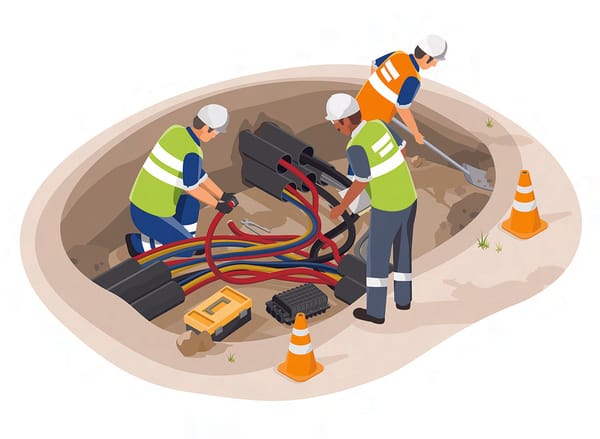Playbook for the Fed cycle

CNBC reports: Stocks ripped higher on Wednesday after Federal Reserve Chairman Jerome Powell said interest rates are close to neutral, a change in tone from remarks the central bank chief made nearly two months ago.
The Dow Jones Industrial Average climbed 617.70 points, or 2.5 percent, to 25,366.43, posting its biggest one-day gain since March 26. The 30-stock index also notched its second-best day of the year and is up more than 1,000 points for the week.
“Interest rates are still low by historical standards, and they remain just below the broad range of estimates of the level that would be neutral for the economy — that is, neither speeding up nor slowing down growth,” Powell said in a speech at the Economic Club of New York on Wednesday.
Here’s what you need to know about the Fed rate cycle and how it is likely to impact stocks short-term and long-term.
Conventional wisdom says the the markets will go up if the Fed starts cutting rates. Which is somewhat true, but it’s all a matter of timing. Here’s what we’ve allowed our economic and stock market system to become.
- The Fed cuts rates too low.
- Which overstimulates the economy and forces savers into risky assets like stocks until stocks other asset prices get to be at unsustainable bubbled valuations.
- So the Fed slowly starts raising rates.
- Eventually those bubbled asset prices start to crack just about the time that overstimulated economy gets overheated and starts to cool. Stock markets start falling.
- The Fed starts cutting rates.
- But by the time the Fed has started cutting rates, it’s already too late to stop the downturn in the economic cycle and/or the financial crisis that at this point are already imbedded in the system.
- But the Fed keeps cutting rates, creating new-fangled stimuli like “Quantitative Easing” and taking them to low which overstimulates the economy and forces savers into risky assets like stocks until stocks other asset prices get to be at unsustainable bubbled valuations.
- Stock prices take off, asset prices start to climb, eventually starting to bubble up to new all-time high levels.
- So the Fed starts raising rates again.
- The economy starts to cool and/or there’s a financial crisis while stocks and other asset prices start to crash from those unsustainable bubbled valuations until prices get to Depression-like levels and unemployment has skyrocketed as layoffs and losses in the economy are at this point being exacerbated by the Fed having raised rates too high too quickly and/or failing to regulate the banking system during the prior up cycle.
- So the Fed starts cutting rates.
Here’s how all that looks in a 30 year chart:

What’s correlation and what’s causation here? Yes. The whole system feeds upon itself and correlates with itself and causes itself to correlate with the system’s cycle. Haha.
Two things to remember:
- The Fed does whatever its literal owners, the giant global US banks, tell it to do.
- The Fed almost never wants to raise rates.
- The Fed is always late to the cycle.
Here’s our playbook then.
For the next few weeks or months, the markets are likely to spike for a day or two anytime the Fed signals that they’re going to stop raising rates (just like yesterday’s action). If the economy has indeed started to take a real downturn here we’ll start to see that in the earnings reports and stock prices will continue trending lower over the next few weeks and months.
If that’s the case and/or if the Fed sees something alarming in the system, the Fed will actually completely reverse course and start cutting rates and that would signal to me that we probably need to raise even more cash and add more downside hedges. The market would probably rally a good 3-7% were the Fed to announce a rate cut, which would probably give us a terrific opportunity to trim, sell and/or short.
On the other hand, if the reports and earnings are strong and the Fed holds rates steady here, we’ll probably see a bit more of the Bubble-Blowing Bull Market in the months ahead.
Either way, this set-up here for the next few months is going to give us a lot of opportunities to invest and trade. We’re on for it.




